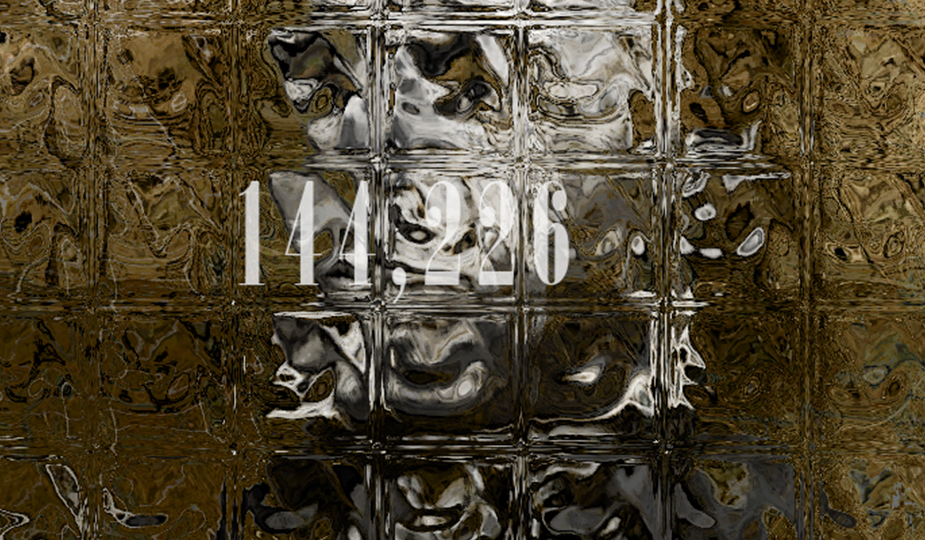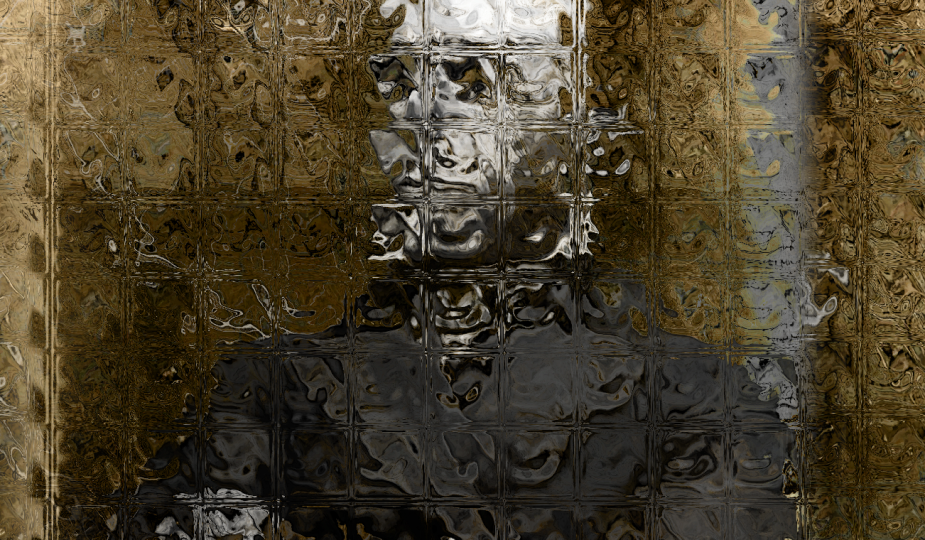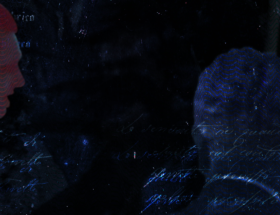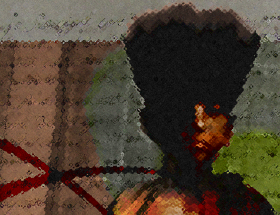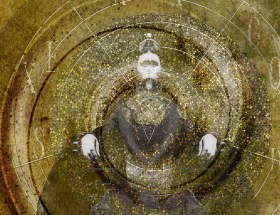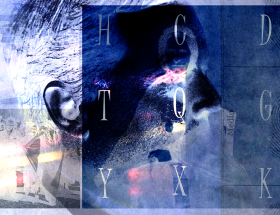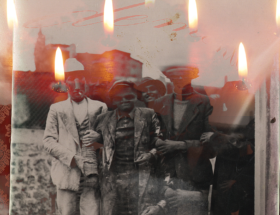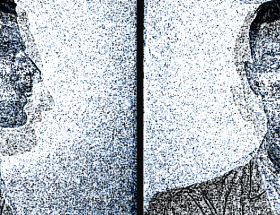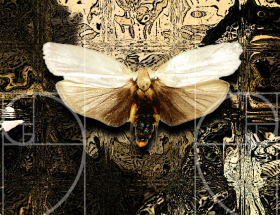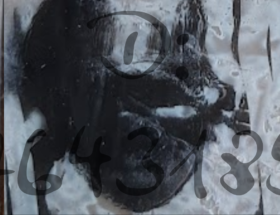The tripartition
In emphasizing the concept of the paramnesic condition, we mean the necessary remembrance due to the rigidity of interpretation that (tri)partitions disembodied thought into a chronological-thematic succession of familiar memories (familia memorias), deep suggestions, power of witnessed belief and ethics of responses.
In this sense, this path fits into a recent set of studies that rethinks the paramnesic path from the theory of unexpressed recursivity, a theory according to which a certain inopinatum statum condition has just manifested itself.
The main theory of unexpressed recursivity defines that propulsion to lucid obtundation which, given n archeo-primitive functions, such as those that may arise from initial functions of primary self-affirmation, results in a change of identity. This change occurs through a discrete number of attempts at self-recognition that are resolved through the observance of xy rules that concur to govern the unfolding of the transduction process. This process is aimed at induction toward another identity.
The overall analysis of the three domains on disembodied thinking brings out elements that remain under the radar if taken exclusively through the experience of literary fruition alone. Paramnesia is not a narrative! And by this we mean to specify that the experience must be complete, thus supplemented by physical sensations, material effectualities through which quality emerges as a constant theme throughout its entire course.
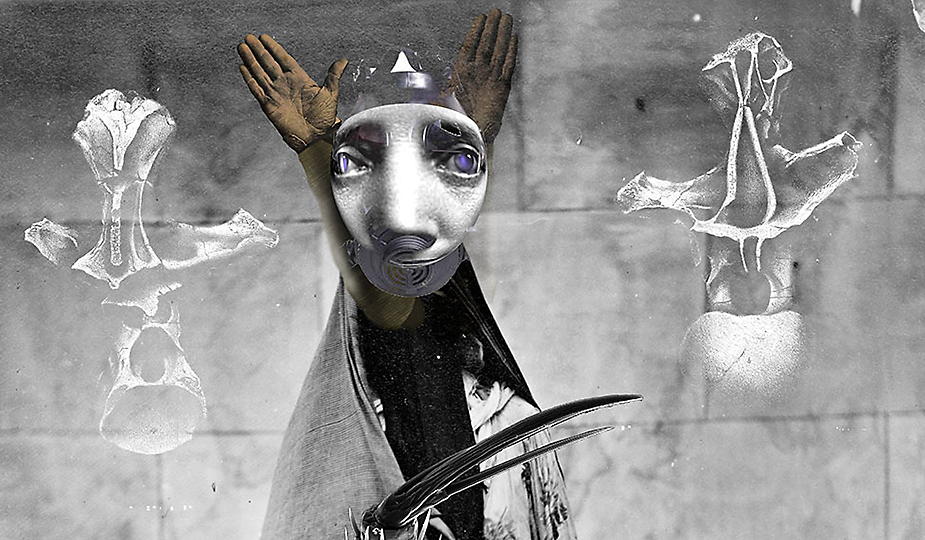
The theme of power
The concept of the paramnesic condition falls squarely within the political history of truth that, on several occasions in the past, we have set out to trace.
In this regard, it is worth mentioning that the intent to conceive a political history of the paramnesic nature is based on the theoretical assumption that paramnesia has a cause as well as a history.
In particular, they have been reformulated historically in various ways, including the questions of true paramnesia, history in paramnesia, and the desire for a paramnesic identity.
Closer to the issue of true paramnesia is the issue of appropriation of the “power” of the Lar, an issue that is prevalent among those who decide to control “power.” By “power” is meant the Lar’s ability to be in each self. In his wanting to be, the Lar, expresses his absolute invitation, “you will be like me if you eat me.”
Eating and thus being, it is then rather the control rather than the alliance of paramnesia that has had the greatest relevance in history. Consisting in “the true nature of the paramnesic experience in re-learning not only to see the world but to see oneself seen, through apperception,” the acceptance of splitting, in a continuous becoming of “meditative dialogic looking,” appears therefore necessary.
In this perspective, “perceiving is understood as an absolving within a possible that declares itself while showing itself. A posing to things and being part of things, remaining in my being the host dwelling of every perspicuous gaze.”
We cannot see the Lar as the Lar exists, at least in appearance, only as a world system. The two identities, that of the Lar and that of its host, elude awareness of each other’s presence even though each has clues, sensations, intuition that animate the suspension of all certainty of exclusivity, of unquestioned unity.
Apperception, convincedly acknowledged in the two polarities, like a karst spring, proceeds in depth creating pathways, connecting and thus producing a system, a network, that causes memories, foreign until then, to unravel around a receptive self. Structures of memory come to be arranged respecting the already present, organically woven into the pre-existing system. Potential recollections, as actresses of the most hidden thoughts, arrange new memories to guarantee their permanence, attending to their function as the foundation of the newly articulated identity.
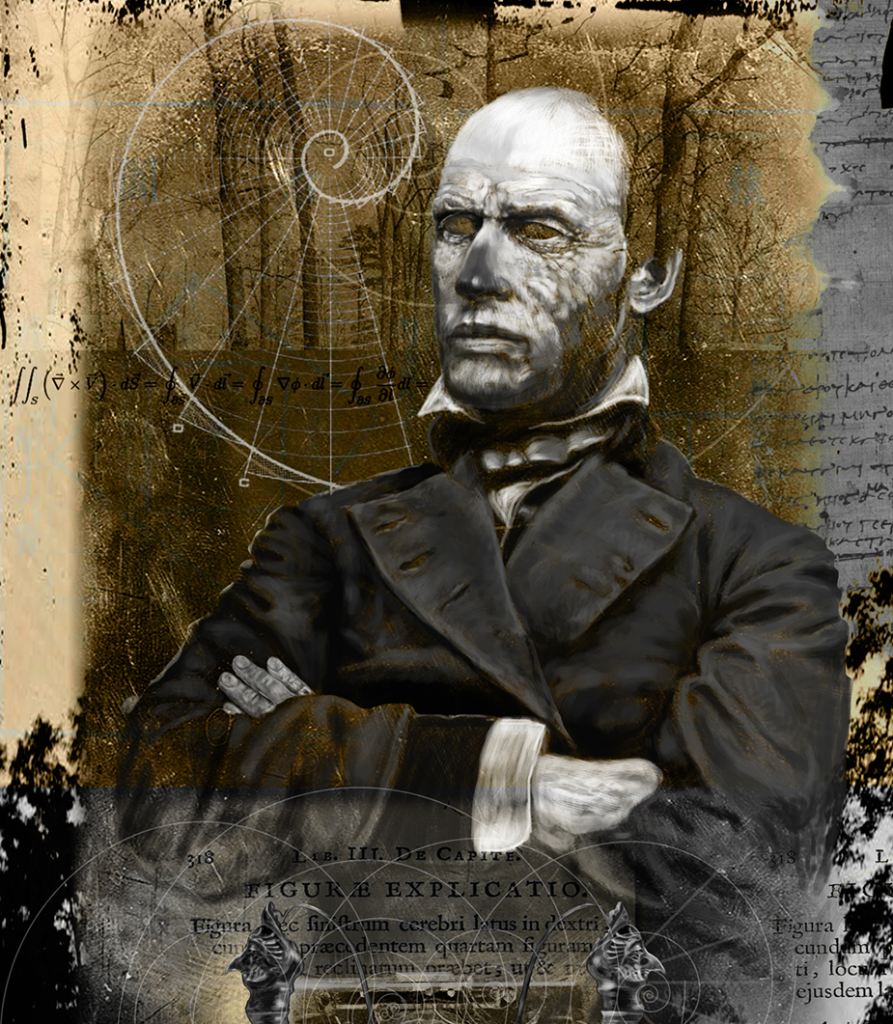
Apperception perception
The person governed by paramnesia needs to understand of his condition based on the so-called “aesthetics of remembrance,” that is, proceeding into the regions of domestic sensations, which are shown to be increasingly engaging, necessary in their conveying deep pity. From the regions of domestic sensations the paramnesic condition pushes the person all the way into the territory of compact, harmonious, convincing unity, which is nothing but the ultimate and final genuflection to the new identity.
This function of conviction makes use in the first place of a reminiscence, the of which our original essence saw at its inception, when it responded to a unity, looking from the apex of the absolute unicum at the ombratil events of existence, stood solid and sure toward the chaotic manifold confirming itself at every manifestation of Self.
As it appears from this “revealing” attitude, the analysis of the power that flows and acts hidden and in depth, allows one to overcome the division between recursive and nonrecursive recollection.
144,226
The paramnesic experience, so proper, unique and incommunicable, searches for a possible relationship between that so clear manifestation of a foreign, if familiar, source of a necessarily true recollection, and the construct “being oneself,” that constitution of subjectivity that forms the government of self.
Between the words I and me there seems to be no conflict: the direction that the Lar governs, in fact, refers to one’s feelings for a of whom; while the paramnesic hospice, analyzes the conduct of recollection, the product of a psychoemotional upheaval, emphasizing how it contradicts any adherence to the norms of disknowledge of the other than oneself.
Precisely for this reason, he omits all congruence in favor of a complete representation of remembrance in all its forms; for it, no matter how much it may hint at the doubts of novelty, is always focused on memory, on those powerful, ambiguous, perturbing but life-giving memories from whose contemplation the hospice derives its identity.
The hospice that engages in attempts to correct the memorial narrative often finds itself having to navigate among multiple reminiscences declined according to the external, environmental condition or the internal, emotional one. Such reminiscences, which are seductive, are true initiations functional to placing each reminiscence in a condition of perfect harmony.
From the need for a definition of the condition of asylum, there where the individual identity is questioned, the reflection on the Lar is determined, which appears to the host person, as an influence external to himself, more like a passion, an emotional stimulation of atmospheric origin rather than a real identity: any concept that wants to take charge of a conclusive definition, finds the hospice unable to grasp any concreteness. Transparent to every confinement, the Lar, always says something more.
However, the hospice can feel itself declaring from deep within that it is the exclusive object of itself. In this regard, it is the Lar that by meaning of itself the “as it is,” declares things, the world, its own condition, unlike how the context bears witness to it, that is, the Lar conceives of itself as it is not, at least from the perspective of the sphere in which it manifests itself: one and only, judge of the true and the false.
Of such an being, then, can it be said that, insofar as it is identified with an indisputable “self,” it is, and, insofar as it is distinct and different from the hospice, it is not? But what do the conditions of existence and nonexistence mean for the Lar? Perhaps a “of which” the discourse of paramnesia speaks?
